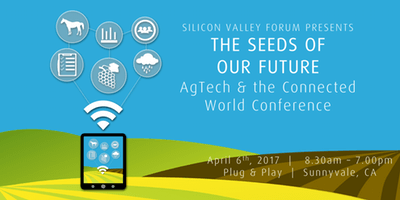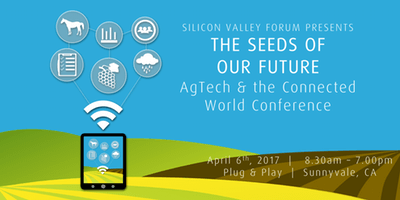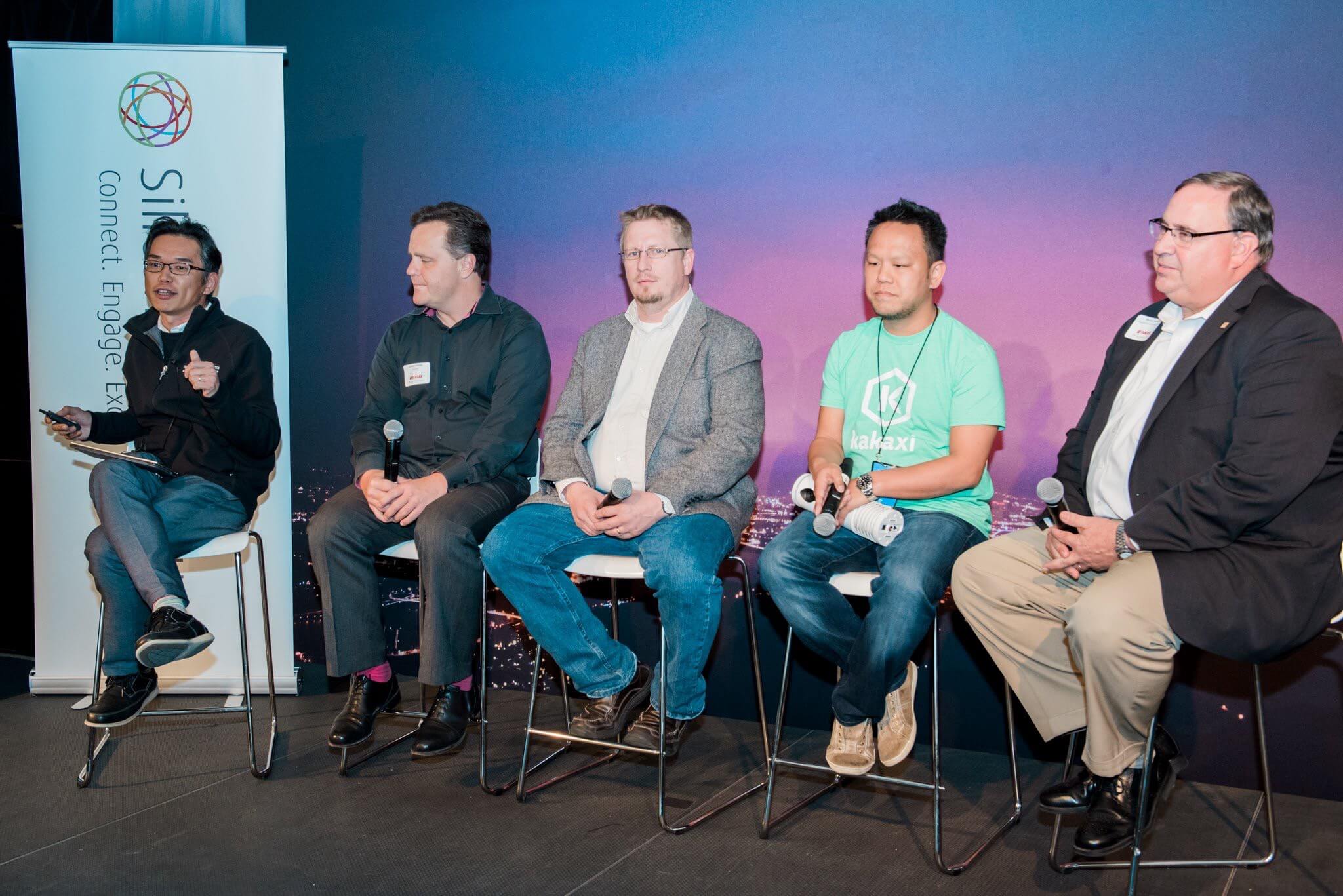AgTech panel at Seeds of our Future


I recently participated in a panel discussion at the daylong Seeds of Our Future conference, the culmination of the Silicon Valley Forum’s AgTech Week and an amazing opportunity to meet and learn from AgTech innovators and developers around the world.
In Japan, population changes, loss of arable land to other developments, and the perception of farming as a less attractive profession in recent years are just a few of the factors driving agriculture to look toward IoT technology as an opportunity for new efficiencies and new opportunities. More and more, Japan is turning to automation as an opportunity to not only increase efficiency but preserve the nation’s food security for the future.
Japan provides an excellent model for the possibilities available to first movers in AgTech and underscores some challenges as well.

Panel Discussion: The Role of Japan in Agricultural Automation
The AgTech space is growing fast, with growers in need of both innovation and simplicity. Existing network options often transgress these two critical requirements — many end-to-end solutions don’t “just work,” and innovation often pays the price.
Instrumenting with intent — devices, sensors, and actuators deployed in a way that allows growers to remove cost from their operations — is one of the most sure-handed levers that IoT can pull. At Soracom, we have helped early-adopter agricultural IoT players such as Kakaxi and Farmnote to address specific AgTech challenges in the field.
We understand that, the more constrained a device is in its computing, storage, battery, and bandwidth, the more it must rely upon other systems to execute logic, record sensor data, and link with other devices. This basic IoT premise applies very directly in AgTech, where connectivity in farmland is often sparse and unreliable. In the absence of reliable connection, that crucial link to other devices and services becomes tenuous and negatively impacts the adoption of needed devices, sensors, and actuators in the fields of the growers.
Equally importantly, current economic models for connectivity can also weigh heavily on adoption: with SmartPhone-like pricing plans and gotchas like the ones that plague the consumer segment, IoT makers are understandably wary when it comes to selecting connectivity, and well-trained on lowest-price “headline characteristics” such as $/MB.
Of course, in IoT, this doesn’t tell the full story of how solutions are best architected — existing carrier platforms are pre-cloud, and most pricing models are not adequate for the simpler, lower-data-volume machine-to-machine communications that are needed.
As technology catches up to deliver the agility, scalability, and economics of the true IoT into the hands of growers, AgTech will be able to evolve the sector towards a more profitable and sustainable future.
Special thanks to Hiroshi “Hiro” Saijou, CEO and Managing Director at Yamaha Motor Ventures & Laboratory Silicon Valley, for organizing this panel and for moderating a very lively discussion. It was a special pleasure to share the stage with Taizo Otsuka, founder of Kakaxi, which is one of Soracom’s favorite AgTech use cases.
………………
Got a question for Soracom? Whether you’re an existing customer, interested in learning more about our product and services, or want to learn about our Partner program – we’d love to hear from you





